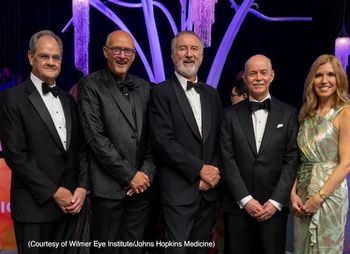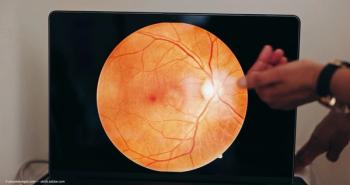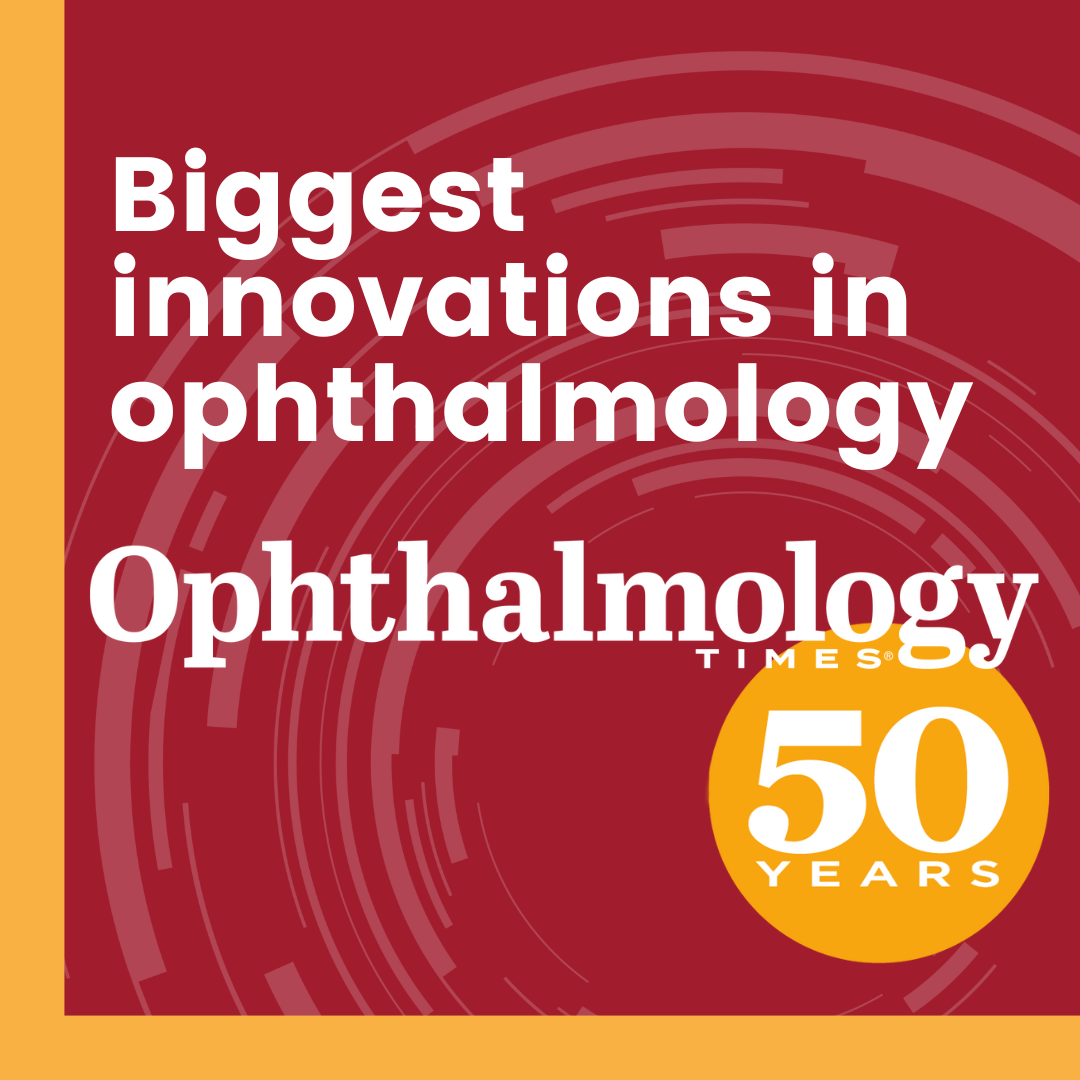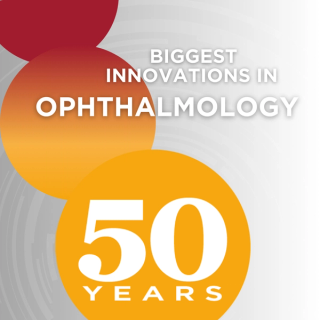
Retina
Latest News

Latest Videos

CME Content
More News


The VISTA trial is evaluating and comparing 2 dose levels of laru-zova with an untreated control group for the treatment of X-linked retinitis pigmentosa (XLRP).

Both 6-month trials were randomized, controlled studies that evaluated PER-001 delivered in a slow-release, dissolvable implant injected intravitreally every 6 months.

At the 2025 International SPECTRALIS Symposium—And Beyond (ISS), Chauhan discussed how two-photon microscopy enables precise, non-invasive monitoring of retinal ganglion cell function in living subjects.

AAV204 is a novel adeno-associated virus (AAV) capsid from the AIM capsid library licensed by Abeona from the University of North Carolina at Chapel Hill.

The program allows patients to undergo genetic testing and high-resolution retinal imaging anonymously and provide insights into both ocular and systemic diseases.

The VAC will be a strategic team informing Nanoscope’s scientific, clinical, and community-facing efforts.

PYC Therapeutics advances VP-001 for retinitis pigmentosa, gaining FDA insights for its upcoming registrational trial.

Through the program, gene therapies are developed to treat patients with retinitis pigmentosa caused by pathogenic variants in the MERTK gene.

From Nobel laureates to AI-driven research, the Wilmer Eye Institute honors a century of transforming vision science and care.

ADX-2191 is an investigational drug candidate from Aldeyra, for the treatment of primary vitreoretinal lymphoma (PVRL), a rare and potentially fatal cancer currently with no current FDA-approved therapy

Danegaptide is an oral therapy for early treatment of non-proliferative diabetic retinopathy (NPDR) and associated edema.

Ixo-vec shows sustained efficacy and reduces injection burden through 4 years in clinical trials

Intracameral tPA can treat fibrinous clots in severe anterior uveitis.

A look at current therapies, clinical trial results, patient education, and emerging options for managing this progressive retinal disease.

With detailed imaging and cognitive data, the Northern Ireland Cohort for the Longitudinal Study of Aging highlights the potential of integrating eye scans into broader health research.

Optical coherence tomography markers—like the ellipsoid zone—are reshaping clinical trials in intermediate age-related macular degeneration, as highlighted at the 2025 International SPECTRALIS Symposium — And Beyond (ISS).

Advanced monitoring strategies are overcoming significant obstacles in retinal care, as highlighted at the 2025 International SPECTRALIS Symposium — And Beyond (ISS).

Fluorescence lifetime imaging ophthalmoscopy is emerging as a valuable tool to reveal previously hidden links between retinal changes and systemic disease.

The phase 2/3 clinical trial for OCU410ST will enroll 51 participants diagnosed with Stargardt disease.

A study reveals significant retinal vessel changes in diabetic retinopathy, highlighting the need for early detection methods to prevent vision loss.

The LYNX LIO is the latest generation of pattern scanning lasers that were first introduced in 2006.

Advanced autofluorescence reveals cellular pigment reservoirs with therapeutic potential at the Heidelberg 2025 International SPECTRALIS Symposium – And Beyond (ISS).

This noninvasive imaging tool reveals early brain pathology through the eye, promising faster and more accurate diagnoses as highlighted at the Heidelberg 2025 International SPECTRALIS Symposium – And Beyond (ISS).

Findings presented at the Heidelberg 2025 International SPECTRALIS Symposium — And Beyond (ISS) suggest detailed structural data could better inform therapeutic targeting and monitoring.



























































.png)


